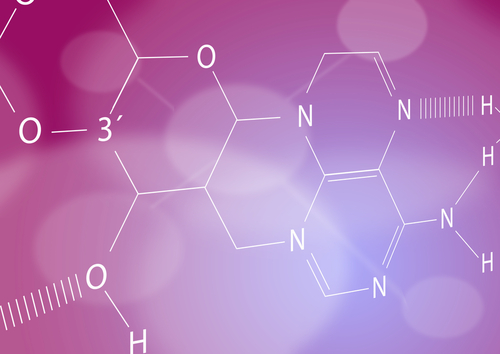New Combination Therapy May Treat 90% of All CF Patients

New ways of treating cystic fibrosis are under development at the University of Dundee. Along with colleagues in Italy, France, and Scotland, Dr. Anil Mehta, a clinical researcher at Dundee’s Medical Research Institute, pioneered a new drug combination that gives hope to patients with cystic fibrosis.
 “This work shows the value of international cooperation in attempts to beat this very nasty disease,” said Dr. Mehta in a news release from Dundee.
“This work shows the value of international cooperation in attempts to beat this very nasty disease,” said Dr. Mehta in a news release from Dundee.
Described in “Restoration of CFTR Function in Patients with Cystic Fibrosis Carrying the F508del-CFTR Mutation,” Dr. Mehta and the rest of the team piloted a ten-patient phase 2 clinical trial using two drugs, Cysteamine and epigallocatechin gallate (EGCG) to treat cystic fibrosis patients. As a result, nine of the ten patients’ airways were less inflamed, and salt levels in sweat were reduced.
“The results suggest that it might be possible to arrest the disease,” said Dr. Mehta. “Obviously we are still at an early stage, but if these results are replicated in a placebo controlled clinical trial, then I believe it could be a potential game-changer. However, we will need more support to make this happen.”
According to a study entitled, “Targeting F508del-CFTR to develop rational new therapies for cystic fibrosis,” published in Acta Pharmacologica Sinica and available on Nature.com, “90% of CF patients carry at least one copy of the F508del mutation.”
Reducing inflammation was vital to this study, as it is a hallmark of cystic fibrosis. Previously, the French and Italian consortium showed impaired autophagy allowed detritus to accumulate in cells. Normally, cells are able to break down this accumulation, but overactive transglutaminase 2 (TG2) in cystic fibrosis patients’ cells binds together the accumulation and promotes inflammation. “The overactive enzyme TG2 acts like an out-of-control spot welder, binding together every protein it comes into contact with,” said Dr. Mehta. “My colleagues showed they had a medicine capable of bringing that welder under control.” By administering Cysteamine, a drug long used to treat Cystinosis in children, combated overactive TG2 and reversed inflammation.
[adrotate group=”1″]
Further, another overactive enzyme, protein kinase CK2, is found in cystic fibrosis patient cell biopsies. This enzyme also leads to inflammation and was inhibited through the use of EGCG, which is an approved over-the-counter tonic derived from green tea.
“These drugs are already licensed, and being off-patent means the cost of developing a drug therapy should not be prohibitive,” noted Dr. Mehta. A large-scale clinical trial investigating the combination treatment in an international cystic fibrosis population is in planning stages.
Of course, none of the work conducted would have been possible without generous sample donations from patients. Dr. Mehta more than acknowledges this fact, stating, “I would like to thank all those who have volunteered in Dundee to donate their airway cells since 1991; they are the true, selfless fold who made this possible.”







